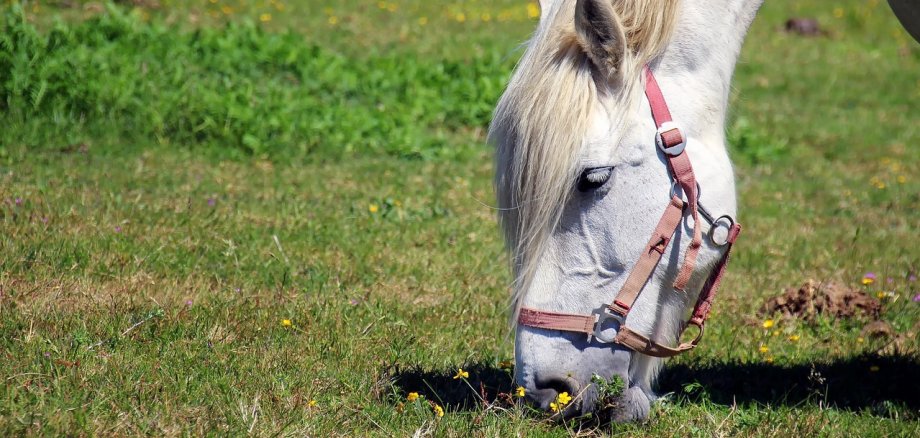What to consider when using brake traps
A new decree of the Hessian Ministry for the Environment, Climate Protection, Agriculture and Consumer Protection regulates the handling of so-called "horsefly traps", which are often observed on horse pastures. In this context, the district's Environmental and Climate Protection Department points out that the regulations for specially protected animal and plant species must also be observed. For example, in certain protected areas there are bans and in other areas there are authorisation requirements for setting up the traps.
The reason for the decree is a study that examined brake traps for their effectiveness, but above all for their selectivity. In the study, the contents of six horsefly traps at different locations were regularly analysed over 21 weeks, from May to October. Of the more than 50,000 individuals caught, only about 2,000 were horseflies and none were horseflies. The proportion of "bycatch" varied from 71 to 98.5 percent. Thus, the study confirmed that larger numbers of animals are caught and killed indiscriminately in horsefly traps, which, according to the regulations of the Federal Nature Conservation Act and the Federal Species Protection Ordinance, makes the setting up only possible to a limited extent.
Species that are particularly protected, such as wild bees and butterflies, are to be expected especially in nature conservation areas (Natura 2000 areas) and legally protected habitats. In these areas, horsefly traps may not be set up or operated without the permission of the respective nature conservation authority.
The installations can only be approved if proof is provided that horseflies are primarily caught and that this is limited to their main flight period. It must be possible to exclude bycatch of specially protected species. The same applies to bird sanctuaries with habitats of bird species that need flying insects as food and for which conservation objectives have been formulated, e.g. in the Eder floodplain. Setting the traps within a nature reserve or national park is excluded. The district asks to contact the lower nature conservation authority before setting up the traps and to clarify the need for a permit.
Here you can display the areas in which the setting of traps is restricted. A note on the application: Natura2000 areas are included in the FFH areas and the bird protection areas.
Background
Section 44 (1) no. 1 of the Federal Nature Conservation Act (Bundesnaturschutzgesetz - BNatSchG) prohibits direct access to wild animals of specially protected species, in particular any attack on their physical integrity that results in the injury or killing of a protected animal. Trapping and stalking by means of traps are also prohibited. Furthermore, according to § 4 para. 1 no. 1 of the Federal Ordinance on the Protection of Species (Bundesartenschutzverordnung, BArtSchV), it is prohibited to pursue wild animals of the specially protected species with traps, to lure them, to catch them or to kill them, if animals are killed in large quantities or indiscriminately with the help of the traps.
Keywords:
Environment and Climate Protection Department Food Monitoring, Animal Welfare and Veterinary Department
